I need to write a function that would allow me to quickly do a dual axis plot using ggplot2. I know that dual axis plots are generally deprecated, but still I think it may be useful if you're after observing similar patterns in time series (for all of those who disagree, please treat this question strictly technically). It is actually possible with sec_axis() function from ggplot2, but it needs a defined formula. So here's my attempt to calculate this automatically:
dual_plot <- function(data, x, y_left, y_right){
x <- ensym(x)
y_left <- ensym(y_left)
y_right <- ensym(y_right)
ratio_model <- lm(eval(y_left) ~ eval(y_right), data = data)
data %>%
select(!!x, !!y_left, !!y_right) %>%
mutate(!!y_right := predict(ratio_model)) %>%
gather(k, v, -!!x) %>%
ggplot() +
geom_line(aes(!!x, v, colour = k)) +
scale_y_continuous(sec.axis = sec_axis(~ . / ratio_model$coefficients[[2]] -
ratio_model$coefficients[[1]],
name = rlang::as_string(y_right))) +
labs(y = rlang::as_string(y_left))
}
However, lm may fit a negative direction coefficient which reverse the trend and is really misleading. So I need another approach to calculating this formula - either using linear regression with coefficient constrain or a clever way of fitting a formula. How can it be done in R? Or what are the alternatives to sec_axis that would allow to draw dual axis plot automatically?
@Edit: One example would be:
df <- structure(list(date = structure(c(17167, 17168, 17169, 17170,
17171, 17172, 17173, 17174, 17175, 17176, 17177, 17178, 17179,
17180, 17181), class = "Date"), y_right = c(-107073.90734625,
-633197.630546488, -474626.43291613, -306006.801458608, 56062.072352192,
522580.236751187, 942796.389093215, -101845.73678439, -632658.677118481,
-479257.088784885, -303439.231633988, 50273.2477880417, 521669.062954895,
948127.92455586, -107073.90734625), y_left = c(1648808.16, 3152543.07,
2702739.91, 2382616.25, 1606089.88, 1592465.75, 1537283.99, 2507221.61,
3049076.19, 3125424.4, 2774215.1, 2356412.98, 1856506.41, 1477195.08,
2485713.2)), class = c("tbl_df", "tbl", "data.frame"), row.names = c(NA,
-15L))
df %>%
dual_plot(date, y_left, y_right)
The calculated ratio model has direction coefficient of -1.02, so the y_right is reversed (where the function is decreasing, the plotted function is increasing and the other way around) and hence misleading.



